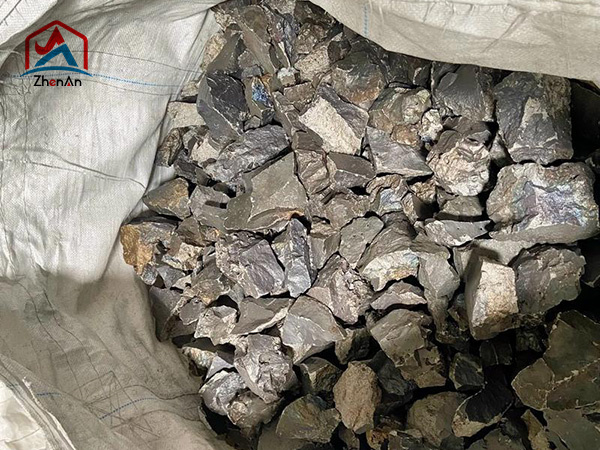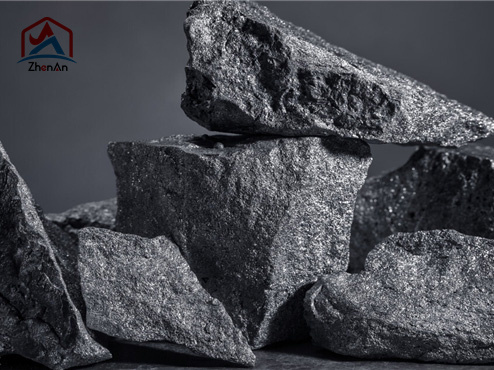Ferrosilicon is a crucial alloy used in the production of steel and other metals. It is composed of iron and silicon, with varying amounts of other elements such as manganese and carbon. The manufacturing process of ferrosilicon involves the reduction of quartz (silicon dioxide) with coke (carbon) in the presence of iron. This process requires high temperatures and is energy-intensive, making raw material prices a significant factor in determining the overall manufacturing cost of ferrosilicon.
Impact of Raw Material Prices on Ferrosilicon Manufacturing Cost
The primary raw materials used in the production of ferrosilicon are quartz, coke, and iron. The prices of these raw materials can fluctuate due to various factors such as supply and demand, geopolitical events, and market conditions. These fluctuations can have a significant impact on the manufacturing cost of ferrosilicon, as raw materials account for a large portion of the total production cost.
Quartz, which is the main source of silicon in ferrosilicon, is typically sourced from mines or quarries. The price of quartz can be influenced by factors such as mining regulations, transportation costs, and global demand for silicon products. Any increase in the price of quartz can directly impact the manufacturing cost of ferrosilicon, as it is a key component in the production process.
Coke, which is used as a reducing agent in the production of ferrosilicon, is derived from coal. The price of coke can be affected by factors such as coal prices, environmental regulations, and energy costs. Fluctuations in the price of coke can have a significant impact on the manufacturing cost of ferrosilicon, as it is essential for the reduction of quartz and the production of the alloy.
Iron, which is used as a base material in the production of ferrosilicon, is typically sourced from iron ore mines. The price of iron can be influenced by factors such as mining costs, transportation expenses, and global demand for steel products. Any increase in the price of iron can directly impact the manufacturing cost of ferrosilicon, as it is a primary component in the alloy.
Overall, the impact of raw material prices on the manufacturing cost of ferrosilicon is significant. Fluctuations in the prices of quartz, coke, and iron can directly affect the overall production cost of the alloy. Manufacturers of ferrosilicon must carefully monitor raw material prices and adjust their production processes accordingly to mitigate any potential cost increases.
In conclusion, the manufacturing cost of ferrosilicon is heavily influenced by the prices of raw materials such as quartz, coke, and iron. Fluctuations in these prices can have a significant impact on the overall production cost of the alloy. Manufacturers must carefully monitor raw material prices and make strategic decisions to ensure the continued profitability of their operations.
Future Trends in Ferrosilicon Manufacturing Cost
Ferrosilicon is a crucial alloy used in the production of steel and other metals. It is made by combining iron and silicon in a specific ratio, typically around 75% silicon and 25% iron. The manufacturing process involves smelting these raw materials in a submerged arc furnace at high temperatures. As with any manufacturing process, the cost of producing ferrosilicon is a key consideration for producers.
In recent years, the cost of manufacturing ferrosilicon has been influenced by a variety of factors. One of the primary drivers of cost is the price of raw materials. Silicon and iron are the main components of
ferrosilicon, and fluctuations in the prices of these materials can have a significant impact on production costs. For example, if the price of silicon increases, the cost of manufacturing ferrosilicon will also rise.
Another factor that affects the cost of ferrosilicon manufacturing is energy prices. The smelting process used to produce ferrosilicon requires a significant amount of energy, typically in the form of electricity. As energy prices fluctuate, so too do the costs of production. Producers must carefully monitor energy prices and adjust their operations accordingly to minimize costs.
Labor costs are also a consideration in ferrosilicon manufacturing. Skilled workers are needed to operate the furnaces and other equipment used in the production process. Labor costs can vary depending on location, with some regions having higher wages than others. Producers must factor in labor costs when determining the overall cost of manufacturing ferrosilicon.
Looking ahead, there are several trends that may impact the cost of ferrosilicon manufacturing in the future. One such trend is the increasing focus on sustainability and environmental responsibility. As concerns about climate change grow, there is a push for industries to reduce their carbon footprint. This could lead to increased regulations and requirements for ferrosilicon producers to adopt more environmentally friendly practices, which could in turn impact production costs.
Advancements in technology may also play a role in shaping the future of ferrosilicon manufacturing costs. New innovations in smelting techniques or equipment could potentially streamline the production process and reduce costs. Additionally, improvements in energy efficiency could help to lower the overall cost of production.
Global economic trends can also impact the cost of ferrosilicon manufacturing. Fluctuations in currency exchange rates, trade policies, and market demand can all influence production costs. Producers must stay informed about these trends and be prepared to adapt their operations accordingly.
In conclusion, the cost of manufacturing ferrosilicon is influenced by a variety of factors, including raw material prices, energy costs, labor expenses, and global economic trends. Looking ahead, trends such as sustainability initiatives, technological advancements, and economic shifts will continue to shape the future of ferrosilicon manufacturing costs. Producers must stay vigilant and adaptable in order to navigate these challenges and remain competitive in the industry.

